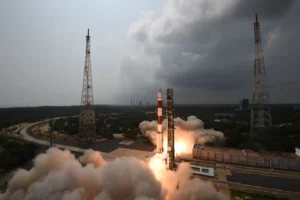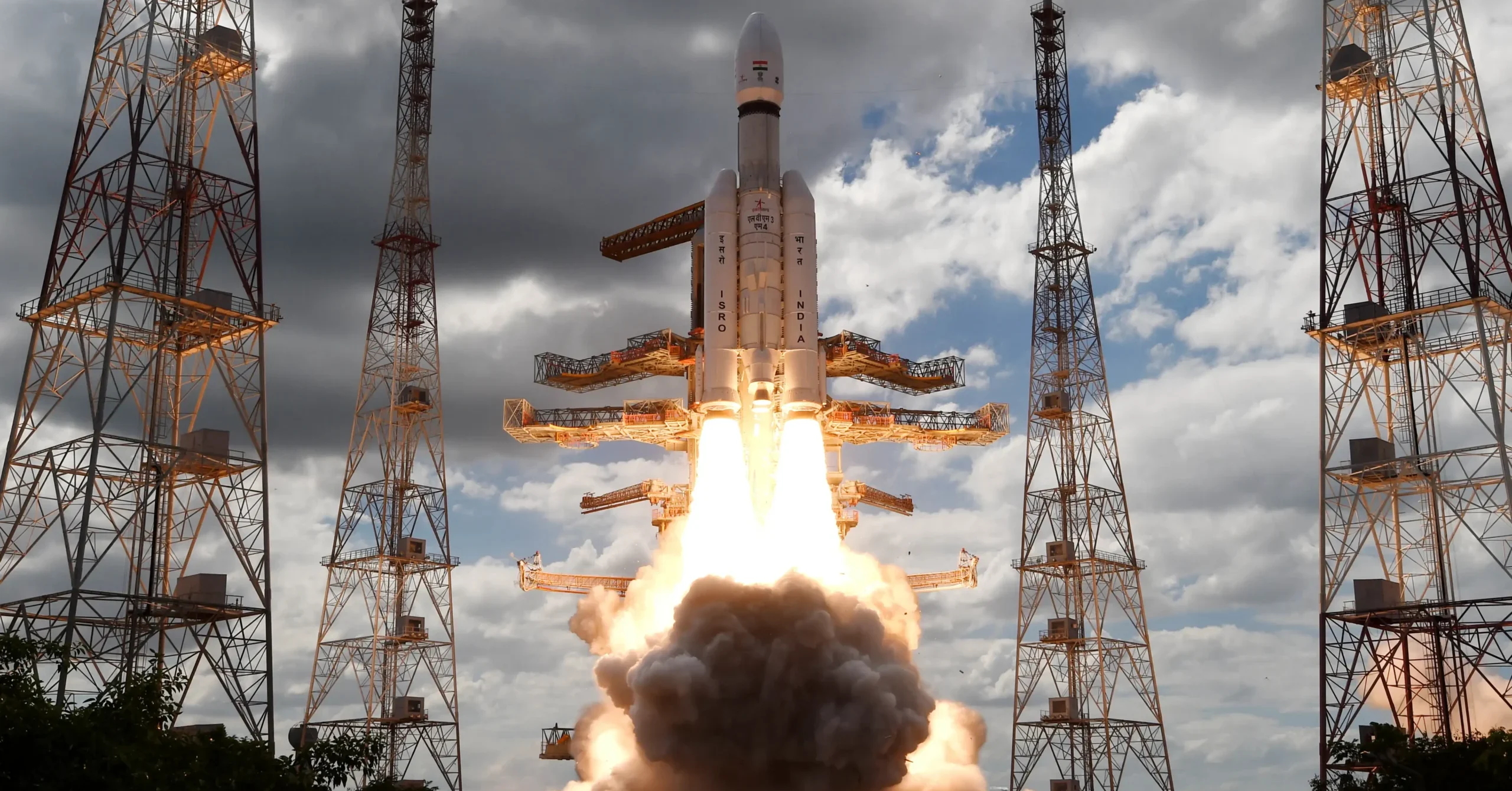August 23, 2023, the red-letter day when India became the first country to successfully land near the lunar south pole or the ‘dark side of the moon’. While all thrusters were firing during launch, there was one material that was efficiently working in the background to ensure safe take-off, CUMI’s flame deflectors. Engineered from high Alumina refractories, they are built to endure extreme temperatures from flames and exhaust gases during lift-off.
Now celebrated as National Space Day to mark a historic moment for India and the Indian Space Research Organisation (ISRO), August 23 is also a hat-tip to the numerous private players like CUMI who have actively furthered India’s voyage into the great beyond. Â
Immense potential of materials science
In the movie that paid tribute to India’s seemingly impossible Mars Orbiter Mission, Mission Mangal – the sheer ingenuity of Indian aerospace engineers and the tremendous capability of materials science took centre stage. This included materials that ensure efficient thermal protection, optimise individual component weight, and fabrics that self-heal, among others.
Space programs require a variety of special materials that are designed to meet some stringent requirements and deliver flawless performance. Flame deflectors that are used to redirect the flames away from the launchpad and rocket are a great example. During launch, massive heat and energy is generated and ambient temperature can go upwards of 2500 degrees centigrade in seconds. If the flames are not suitably deflected, the launchpad, service structure, and launch vehicle with its payload could be destroyed before take-off.
The answer – Super Refractory materials.

Refractories are the only material that can simultaneously resist such high temperature, pressure, and chemical corrosion (while still retaining their identity, strength, and form). CUMI is proud to have a long-term association with ISRO for our high performance refractories. For 20 years now, we have been supplying our indigenously developed refractory products for all ISRO rocket launchpads at the Satish Dhawan Space Centre in Sriharikota.
ISRO has led path-breaking space exploration and commercial programs for India – 124 spacecraft missions, 98 launch missions, and 432 foreign satellite launches, among others. These endeavours are the result of internal R&D as well as innovation by ecosystem partners such as CUMI.
India in the Interstellar
India’s space economy is predicted to grow more than five-fold in the next 10 years. This finds evidence in the number of space tech startups that have mushroomed over the last decade. From 1 in 2014, we now have 189 DPIIT-recognised players in this space.
The latest Budget announcement highlights the government’s proactive measures to give a boost to homegrown innovation. The Rs. 1,000 crore venture capital fund to advance the space economy is the most recent in a series of strategic initiatives.
The turning point for private entities was the India Space Policy 2023, aimed at promoting greater participation of research, academia, startups and industry partners in the nation’s ambitious space programs. Under the policy, the government has been encouraging the private sector to invest in creating new infrastructure in the space vertical as well as using ISRO facilities. Similarly, the commissioning of the Indian National Space Promotion and Authorization Centre (IN-SPACe), has been aimed at promoting and enhancing the role of private entities in the Indian space sector.Â
India has already achieved over 90% import substitution when it comes to launch vehicles. However, there is a scope for further import substitution in satellites and other verticals of the space sector.Â
One of the most certain ways to achieve this by both government and non-government entities in the Indian space sector is to capitalise on indigenous materials, which could expedite import substitution and further reduce the costs of such programs.
On the horizon: pioneering collaborations with ISRO
With a 7-decade legacy and expertise in materials science and engineering, CUMI is pursuing R&D to expand collaboration with ISRO in mission-critical areas. One such area is developing thermal barrier coatings (TBCs) for rocket nozzles. TBCs are widely used as in the manufacture of aircraft engines to protect areas exposed to extreme heat, in the maintenance and overhaul of critical aero-engine components, and in space launch vehicles. Their high thermal resistance and anti-corrosive properties offering protection from wear & tear helps increase component longevity. The materials are currently under qualification.
We also received the Process Certificate for Metallization of Alumina Substrates from the Space Applications Centre, ISRO. It clearly demonstrates our advanced capabilities in the triple layer metallization process on Alumina substrates and enables us to ramp up production for flight use. These substrates are used for electronic components in space vehicles. CUMI is among the only manufacturers of this product in the country. The prestigious certification was awarded to our Industrial Ceramics division in Hosur in May 2024.
With the spotlight on indigenous innovation in India’s ambitious space missions such as Gaganyaan and Shukrayaan, materials science will remain at the core of such efforts. Greater collaboration between private entities, government agencies, and academia on cutting-edge research will accelerate our endeavours and ensure continued success of the nation’s ambitions.
(Copyright for all images used in this blog post: The Department of Space / ISRO)

